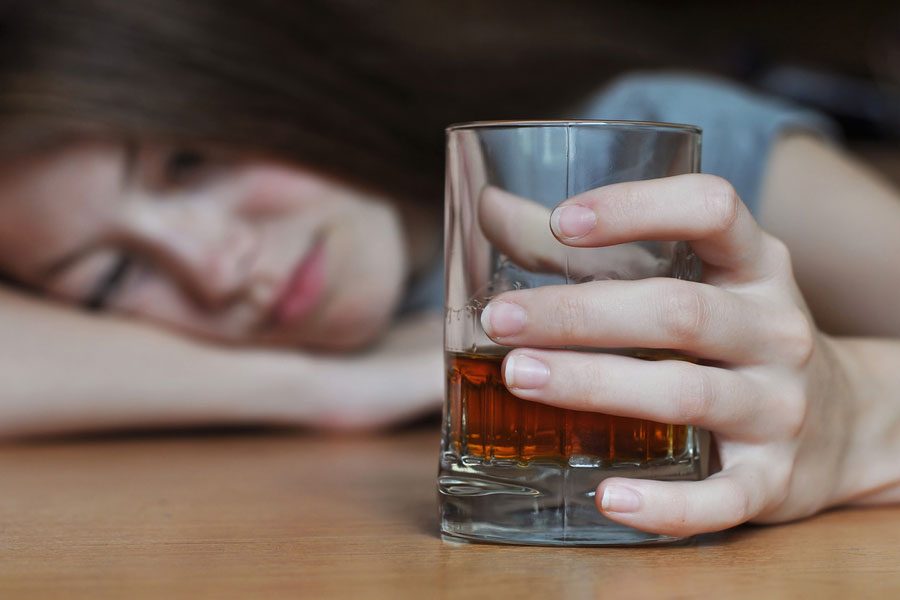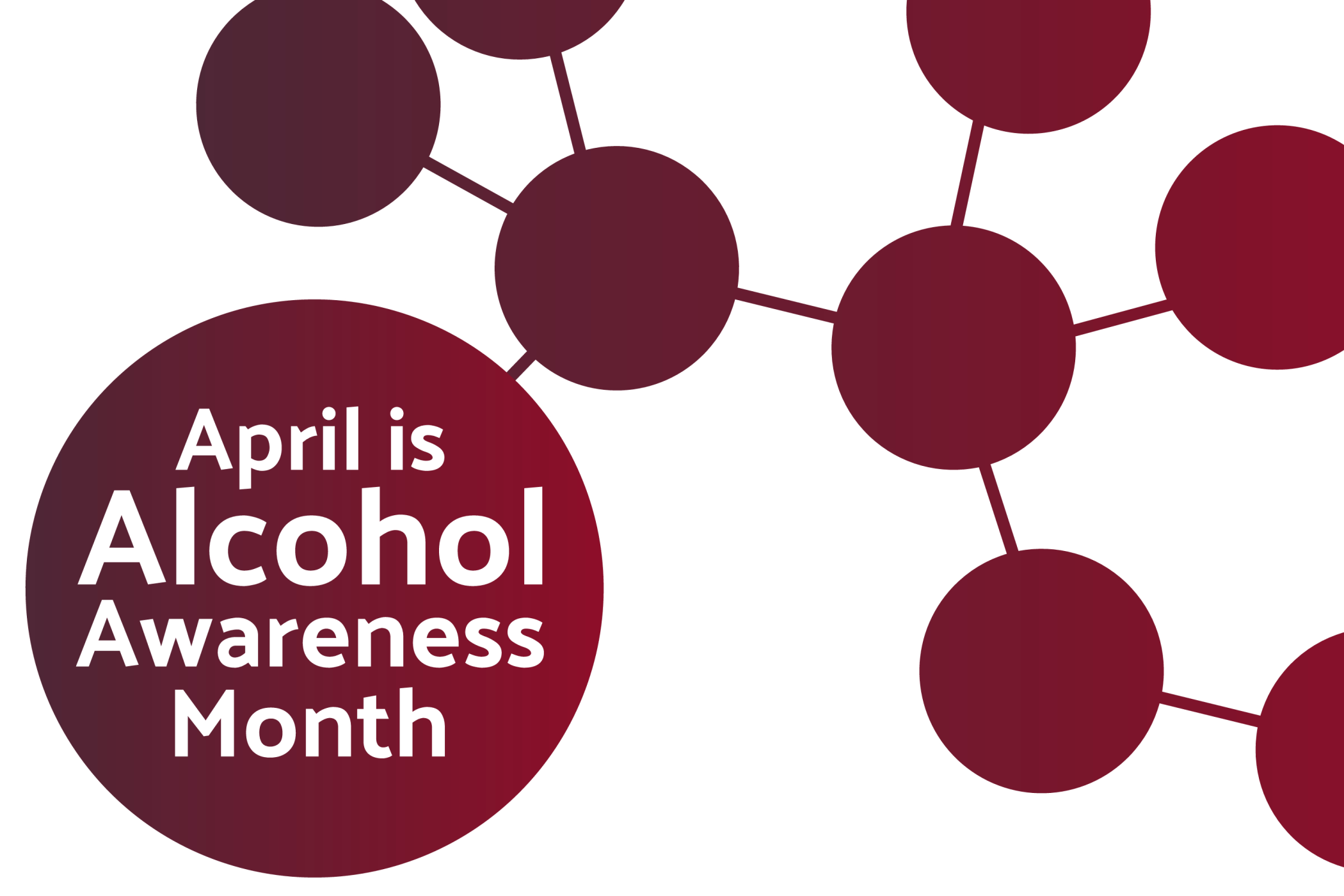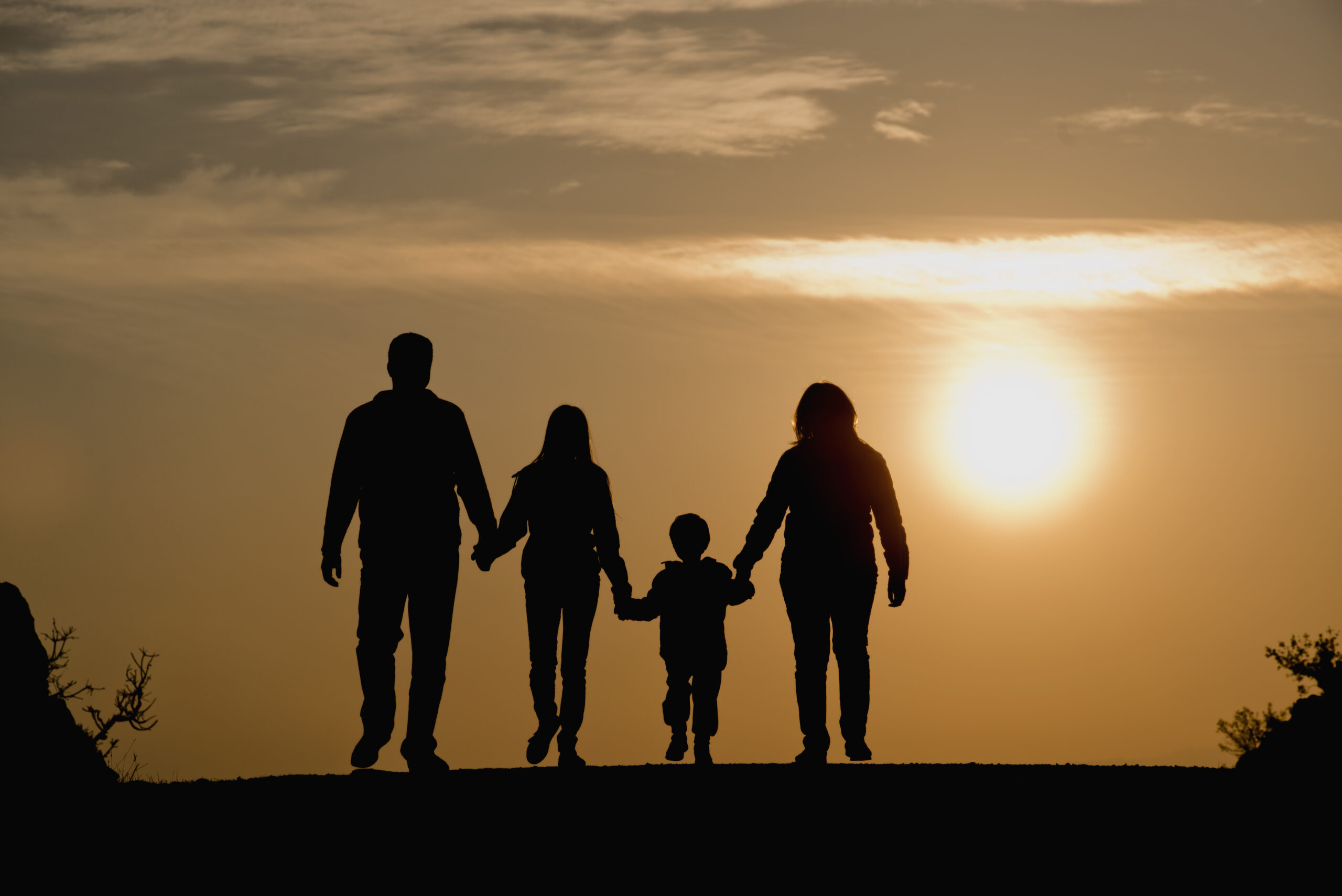10 Substance Abuse Risk Factors in Teens

No one is immune to alcohol use disorder, but some risk factors could lead teens to be more likely to drink alcohol than others. In a survey of high school students in 2017 by the Centers for Disease Control and Prevention, 24% of teens in North Carolina drank alcohol. To lower that number, learn the top 10 substance abuse risk factors and how to help your teen in case you notice warning signs.
1. Family History
Research shows that the addictive process is genetic. Parents aware of this risk should be open to talking with their teens about drinking. You do not have to scare them away from alcohol forever, but your teen needs to know they are at a higher risk of alcohol use disorder.
2. Parental Substance Use
Teens look up to you and follow your behavior trends. As a parent, if you’re showing favorable attitudes towards drinking, and more importantly, binge drinking, they will think it is okay to do that. Drinking during puberty can change hormones in the body, disrupting a child’s puberty and growth.
3. Poor Parental Monitoring
Being aware of your teen’s social and mental well-being may allow you to detect changes such as substance abuse warning signs. Pay attention to their activities to be able to note changes or unusual responses. Ask questions, but don’t interrogate. Try to launch a two-way conversation about who they’re hanging out with and where they’re going. Agree to location monitoring. If needed, you know exactly where you can find them if they are in trouble.
4. Rejection of Sexual Orientation, Gender Identity
The Human Rights Campaign Foundation says LGBTQ+ teens are twice as likely as their non-LGBTQ+ peers to abuse drugs and alcohol. These substances can be coping mechanisms for them. This community of teens needs a safe place. Without that place, alcohol and drug abuse serve as a coping mechanism for their rejection.
5. Guilty by Association
Peer pressure is another substance abuse risk factor. If your teen’s friends are drinking or using drugs, it can be difficult for your child to abstain. Be aware of your teen’s friend group. Invite them over. Treat them to a movie or dinner. Stay involved as much as possible without being overbearing or intrusive.
6. Low Academic Achievement
School provides structure. The less focused your teen is on their academic performance, the more time they have for non-productive activities, like substance abuse. One way to avoid this is to set educational goals with your child. For example, the objective could be to get the grades or get into the classes that will fulfill their after-graduation goals.
7. Mental Health
The CDC reports that more than one-third of high school students in 2019 say they experienced persistent feelings of sadness or hopelessness, a 40% increase since 2009. Drinking is a way some people with depression or other mental health conditions self-medicate. These conditions can include schizophrenia, bipolar disorder, anxiety, sleep disorders, and sexual disorders. As a parent, be aware of these disorders and seek resources and treatment if necessary. You don’t have to have all the answers. Need immediate help with a crisis? NCDHHS Crisis Solutions North Carolina, https://crisissolutionsnc.org/ provides contact information for your specific county. Call 988 — Suicide and Crisis Lifeline; they have counselors to listen and connect to resources, if necessary.
8. Abusive History
Often, sexually abused children deal with mental health issues, a significant substance abuse risk factor. Alcohol use disorder is often a problem for the abuser. The combined trauma and exposure can be significant causative factors toward substance abuse and addiction.
9. Socioeconomic Status
Like other health issues, lower socioeconomic status can impact alcohol use disorder. A 2007 study found that those who live in a socially and structurally under-served environments were 150% more likely to report heavy drinking than those who live in well-served environments. The same article mentioned a study that found witnessing neighborhood drug dealing and seeing peers drink was associated with increased alcohol use. And both were more frequent in under-served and lower-income areas.
10. Stressful Events
Life events like a significant loss of income, the death of a loved one, or divorce could all be substance abuse risk factors.
Warning Signs and How to Respond
Mood changes and problems in school may be acceptable behaviors for some teens. However, it may be a call for help for others. As a parent, if you are noticing these signs, it is time to ensure you have an open line of communication with your child. Talk to your teen about alcohol and substance abuse. Here’s a list of those warning signs from the U.S. government.
- Drastic mood changes
- School problems
- New friends
- Lack of involvement in former interests
- Finding alcohol in teen’s room
- Physical or mental changes
Now, what to do if your teenager is drinking. First, get help, take an interest, and Talk it Out with them. Start the Conversation about alcohol early and have it often. Then, as a parent, talk with them, not at them.



